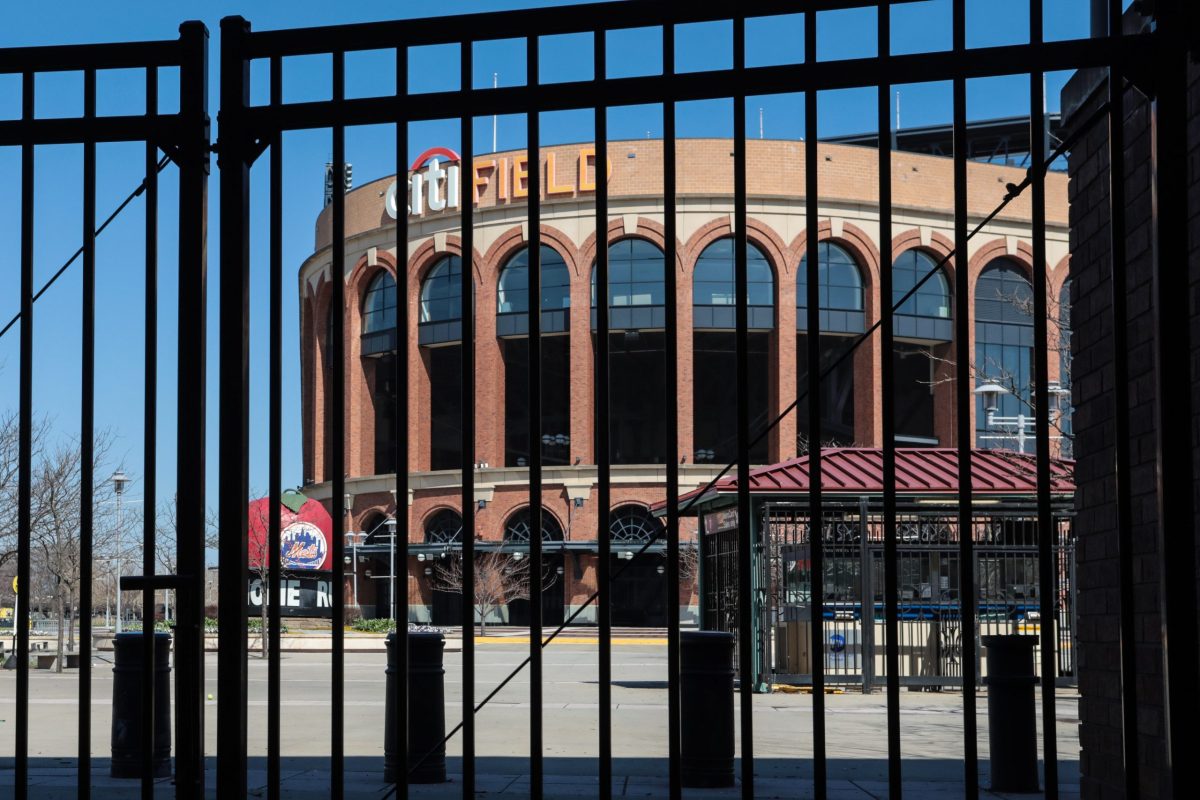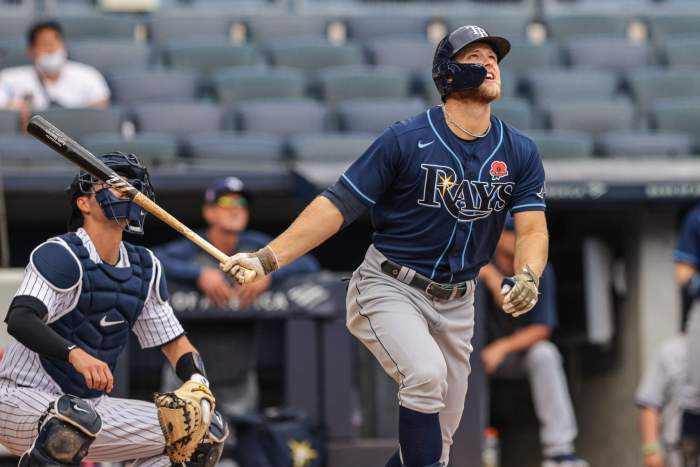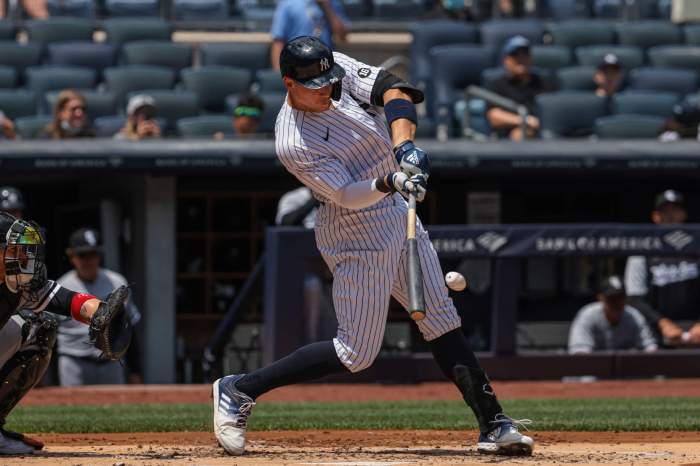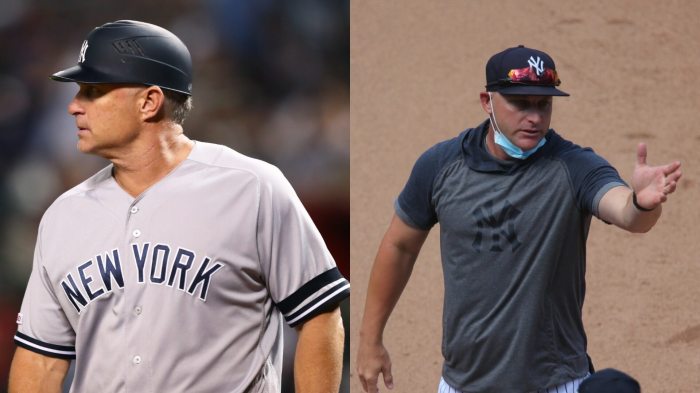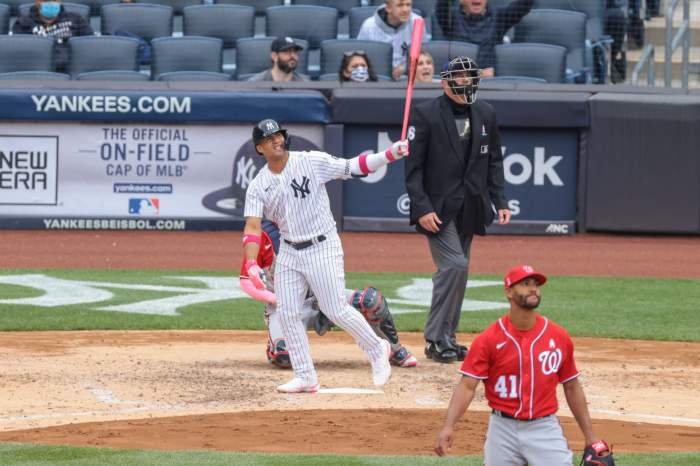So begins Major League Baseball’s first work stoppage in 26 years as the league has locked out the players from any sort of business until a new collective bargaining agreement is agreed upon by the two parties.
The call was made at midnight Thursday morning after the old CBA — which was agreed upon in 2016 — expired at 11:59:59 p.m. ET on Wednesday night after one final, fruitless attempt at negotiations between the league and players’ union that in one instance, lasted just seven minutes.
It only confirms the animosity that exists between MLB and its players, who previewed the difficult road this offseason last year when the two sides attempted to negotiate return-to-play parameters after spring training and Opening Day was wiped out due to COVID-19.
“This defensive lockout was necessary because the Players Association’s vision for Major League Baseball would threaten the ability of most teams to be competitive,” MLB commissioner Rob Manfred penned in an open letter to the fans Thursday morning. “It’s simply not a viable option. From the beginning, the MLBPA has been unwilling to move from their starting position, compromise, or collaborate on solutions.”
The core differences that have kept the league and players so far apart revolve around the economics of the game with the players’ union believing they are on the short end of the deal.
“This shutdown is a dramatic measure, regardless of the timing,” the MLBPA wrote in a statement released on Thursday. “It is not required by law or for any other reason. It was the owners’ choice, plain and simple, specifically calculated to pressure players into relinquishing rights and benefits, and abandoning good faith bargaining proposals that will benefit not just the players, but the game and industry as a whole.
“These tactics are not new. We have been here before, and players have risen to the occasion time and again — guided by a solidarity that has been forged over generations. We will do so again here.”
Average MLB player salaries have fallen 6.4% since 2017 while the median salary is down 30% since 2015. Teams can bar top prospects from getting to free agency sooner by manipulating their service time. They also remain immovable on the thought of decreasing the wait for players to get to arbitration — currently at three years.
Teams at the bottom of the standings also perform as penny-pinchers rather than the billion-dollar organizations that they are. Payrolls in the second tier of Major League Baseball are woefully low, which not only hurts player salaries but stymies competition and parity throughout the game.
The league has offered increases in increasing salaries while tweaking the competitive balance tax threshold, but it has not been to the players’ liking.
“Regrettably, it appears the Players Association came to the bargaining table with a strategy of confrontation over compromise,” Manfred continued. “They never wavered from collectively the most extreme set of proposals in their history, including significant cuts to the revenue-sharing system, a weakening of the competitive balance tax, and shortening the period of time that players play for their teams. All of these changes would make our game less competitive, not more.”
The problem is that MLB isn’t all that competitive of a league. Nearly half of the league (14 teams) has 11 or fewer postseason appearances in their respective franchise histories.
Teams established from 1961 or later (14) have combined to win just 12 of the last 50 World Series titles while the Cleveland Guardians haven’t won a title since 1948 — an indictment of how these teams have been run — while an additional 12 teams are on World Series droughts that are currently 30 years or older.
In 2021, 12 teams had payrolls that were less than half of Major League Baseball’s $210 million luxury tax threshold. An additional six franchises did not come within $60 million of it.
“We see major problems with it,” Max Scherzer, a member of the MLBPA subcommittee, said on Wednesday during his introductory press conference with the New York Mets. “First and foremost, we see a major competition problem with the way teams are behaving.. adjustments have to be made to bring out the competition.
“It’s critical for us to have a highly competitive league. When we don’t have that, we have issues… Unless this CBA completely addresses the competition and younger players getting paid, that’s the only way I’m going to put my name on it.”
Both parties are expected to negotiate throughout this lockout, but the player-movement frenzy that saw teams spend $1.7 billion during the month of November will grind to a screeching halt and not start back up again until the freeze is lifted.
There is a chance that the lockout can be erased without the signing of the CBA if the league wants to end it or if there is legal intervention — but both options seem highly unlikely.
Now baseball and its fans are forced to play the waiting game as the fight between billionaires and millionaires could very well threaten at least the start of spring training if not Opening Day 2022.



